-
Welcome to Tacoma World!
You are currently viewing as a guest! To get full-access, you need to register for a FREE account.
As a registered member, you’ll be able to:- Participate in all Tacoma discussion topics
- Communicate privately with other Tacoma owners from around the world
- Post your own photos in our Members Gallery
- Access all special features of the site
AdventureTaco - turbodb's build and adventures
Discussion in '1st Gen. Builds (1995-2004)' started by turbodb, Apr 4, 2017.
Page 237 of 281
Page 237 of 281


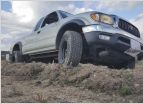 NeonTaco's build log
NeonTaco's build log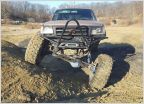 Eric's Supercharged Shit-box
Eric's Supercharged Shit-box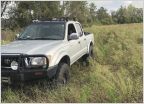 Shabuties DCSB (re)build
Shabuties DCSB (re)build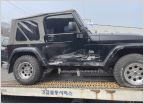 Charlie's 95 KR to KY LT Taco
Charlie's 95 KR to KY LT Taco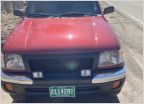 5280 Build Thread
5280 Build Thread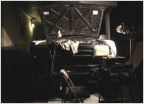 My Big Can of Worms Build
My Big Can of Worms Build






































